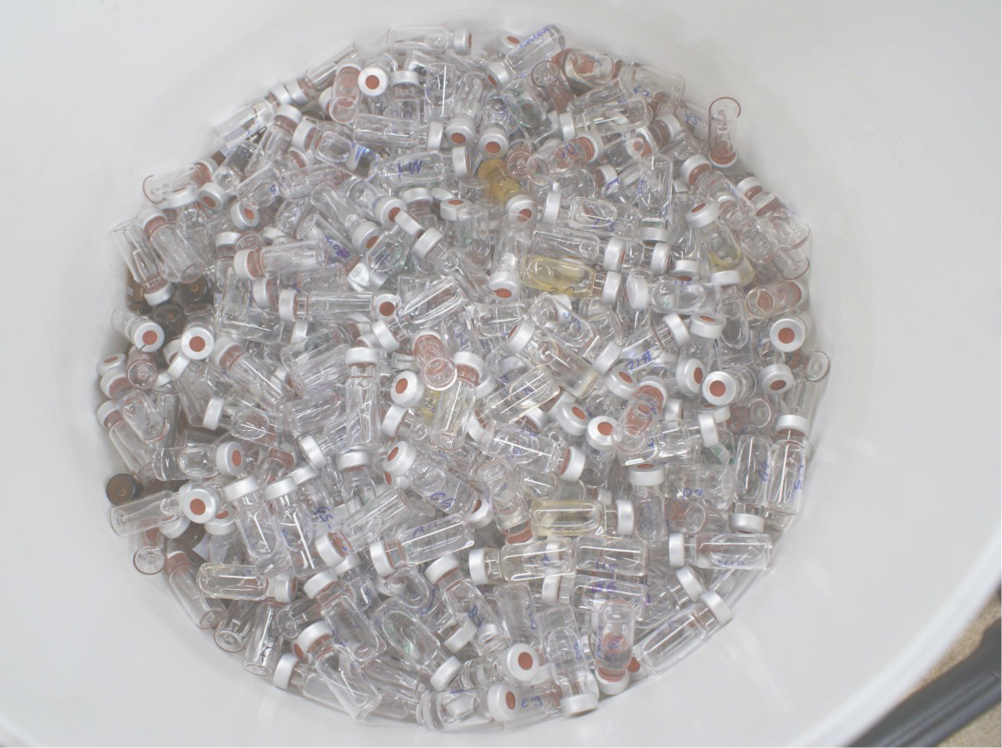
In most heterogeneous catalytic processes, the reactive environment contains a mixture of reactants, intermediates, and products, and some adsorbed-trapped on the catalytic surface and elsewhere. Thus, most reacting environments in catalysis are complex, involve several phases (multiphase), and comprise unstable species or are challenging to analyze. To make things worse, some of these species have (auto-)catalytic or deactivating nature on the kinetics of the surrounding ones.
A typical practice in catalysis is using model molecules or surrogates to deepen into the mechanistic pathways, microkinetics, spectroscopy, etc. Conversely, analytical techniques keep evolving, becoming more precise but always targeting a specific fraction or type of species. That is to say, there is only one technique that solves all.
We aim to bridge the fundamental research performed in our group and outside using model molecules with a powerful analytical multi-technique approach to analyze the entire reaction media. The -omics fields inspire us to reflect on the collective characterization and quantification of pools of molecules that translate into the structure, function, and dynamics involved. We apply our approach to hydrocarbon transformations and green-sustainable feedstock (i.e., waste plastics, sewage sludge, biomass, algae, and seaweed). We develop multi-technique analytical protocols for the complete chemical molecular-level description of complex mixtures.
The effect of co-cracking of high-density polyethylene (HDPE) or its pyrolysis wax together with vacuum gasoil (VGO) has been studied. The aim is to determine the content, nature, and location of coke while analyzing the impact on product distribution in the process. Four different feeds were used (VGO, VGO + 5 wt% HDPE, VGO + 20 wt% of wax, and 100 wt% wax) in experiments performed in a laboratory-scaled riser simulator, with similar conditions to those of the fluid catalytic cracking(FCC) unit: equilibrium catalyst; 530 °C; catalyst/feed mass ratio, 5; contact time, 6 s. The results of the different characterization techniques of the deactivated catalyst and the coke indicate that the catalyst foulingdecreases notably by incorporating these waste streams, changing its nature to a more aliphatic (olefinic) one and its location towards the zeolite micropores. On the contrary, the coke formed from the VGO is more evolved and mainly constituted by polyaromatic components deposited on the mesopores of the catalyst matrix. Product distribution is also affected, increasing the yield of light cycle oil and keeping a relatively similar gasoline yield, with greater olefinity and lower aromaticity. Thus, the FCC shows great perspectives to valorize polyolefins, present in waste plastics, at great scale.